Research Note: Sources & Citations are linked in the bolded text below.
Between 2006 and 2011, Mark Henry, Jeff Hardy, John Cena, The Big Show and CM Punk were bestowed with one of the most obscure honours in WWE history: the Brisbane Cup. Barely acknowledged by WWE (not even listed in WWE.com’s “The history of sports-entertainment trophies”), and missing from Wikipedia and Cagematch (until September 2023), the Brisbane Cup (named for the capital of Queensland, Australia, in which it was contested) has been mostly forgotten. Not even a site with a vested niche interest like AustralianWrestling.org lists all five winners of this little-known trophy.
Since details and sources on the Brisbane Cup are scattered and scarce, this article aims to consolidate them in order to better record this unique footnote of WWE history.




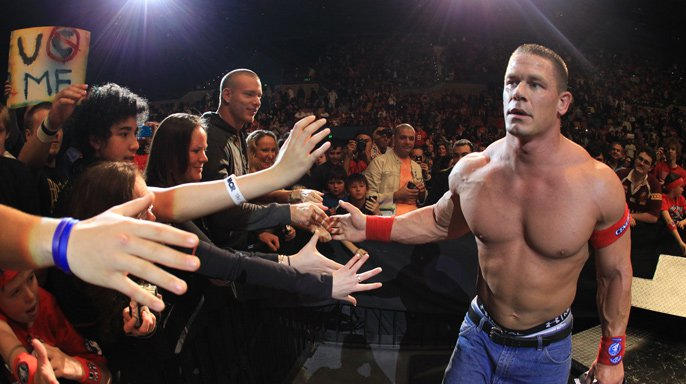
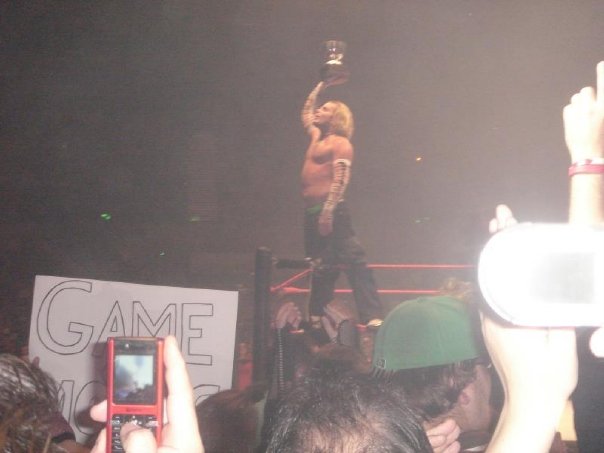


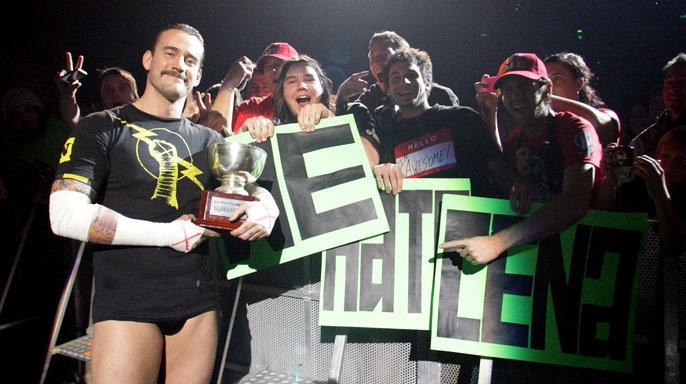
What was the Brisbane Cup?
The Brisbane Cup was contested in 15-20 man Battle Royals on RAW and SmackDown house shows at the Brisbane Entertainment Centre in Queensland, Australia. The winner received a physical trophy, as well as a shot at the promoting brand’s top title that same evening.
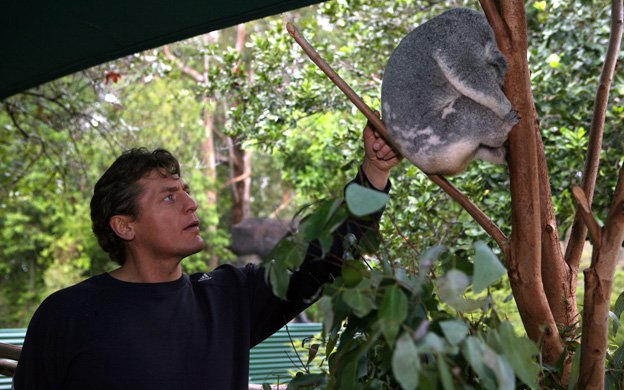
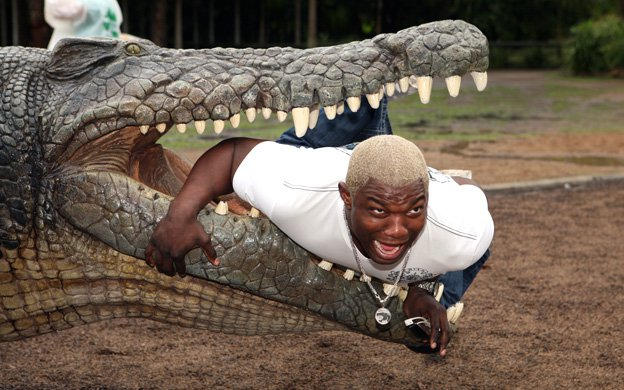

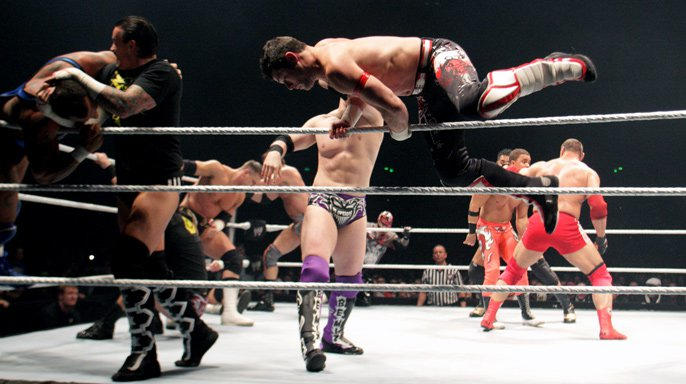

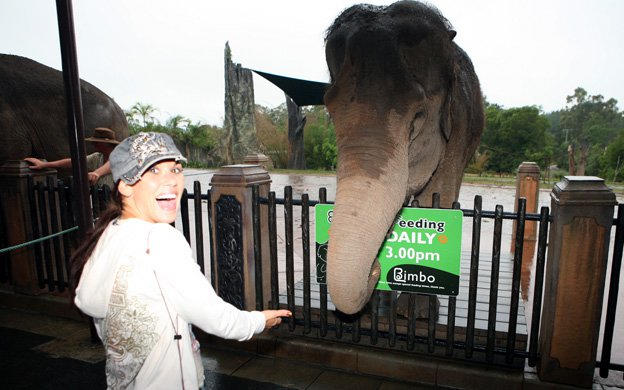
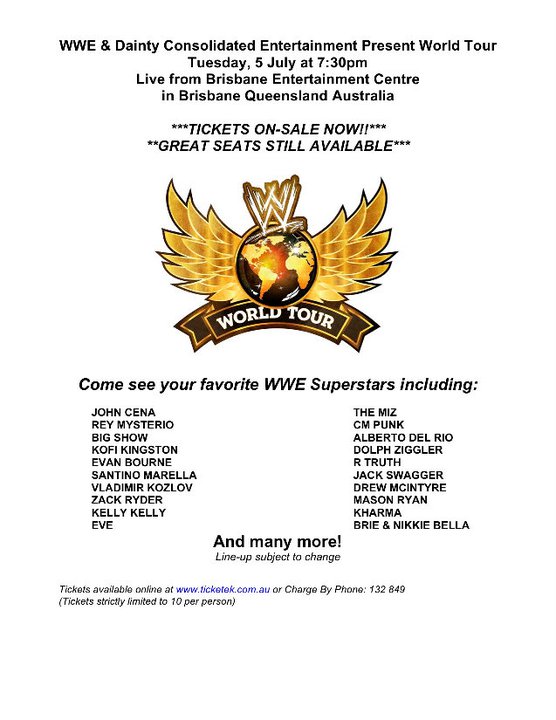
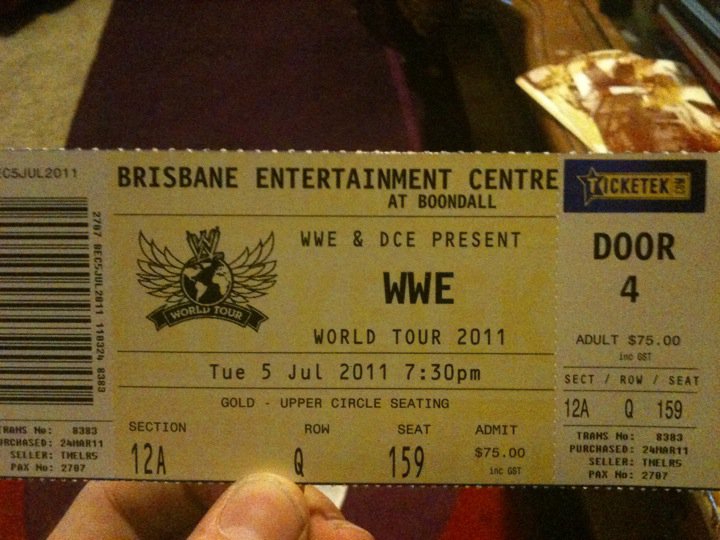
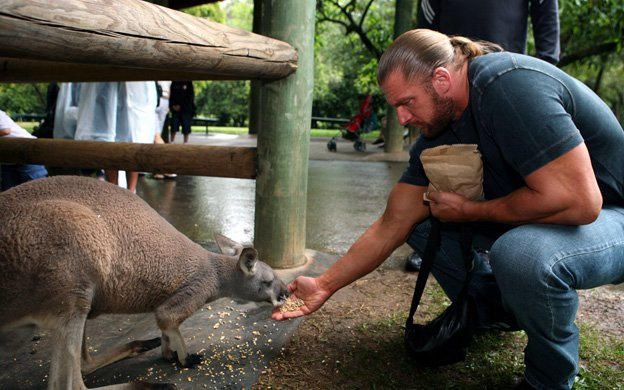
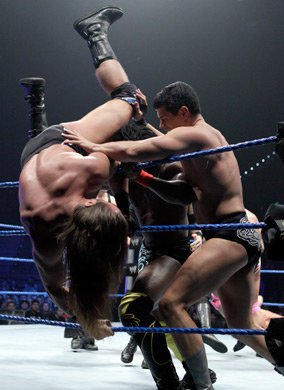
The first was held on March 5th, 2006:
“WWE INAUGURAL BRISBANE CUP
OVER THE TOP BATTLE ROYAL
WINNER TO FACE WORLD HEAVYWEIGHT CHAMPION KURT ANGLE THE SAME NIGHT!!”
– WWE Marketing Copy (January 2006)
The “2nd Annual Brisbane Cup.” was promoted in 2007, and the tradition nearly scored a hat-trick when WWE announced its “3rd Annual Brisbane Cup” for 2008, but the Battle Royal was later removed from the SmackDown and ECW house show’s final card. However, the previously advertised third Brisbane Cup match later did occur in 2009, before the fourth and fifth followed in 2010 and 2011.
Being international cards, it was not only the Battle Royal winner who persevered through a second contest. The majority of this skeleton crew would perform double-duty on these nights. For example, at the 2010 event, Unified WWE Tag Team Champions David Hart Smith & Tyson Kidd (The Hart Dynasty) both bounced back from their Battle Royal defeat with a successful title defence against their fellow former Brisbane Cup combatants The Straight Edge Society (Joey Mercury & Luke Gallows). Then, in the match which followed, another four men pulled a second shift when WWE Intercontinental Champion Dolph Ziggler retained against Christian, Kofi Kingston and Matt Hardy.
Contested on house shows, the Brisbane Cup was promoted only to the local audience and was not broadcast on WWE television. Regional titles and trophies have a long history in WWE, with the Kuwaiti Cup (1996-1997), WWF/WWE European Championship (1997-2002) and Tuwaiq Mountain Trophy (2020) being examples of these international efforts. Though unlike the Brisbane Cup, they were all promoted on WWE TV, home video and PPV to varying degrees.
The popular King of the Ring tournament also originated as an un-televised attraction, exclusively for the attending fans in Foxborough, MA and Providence, RI. Between 1985 and 1991, the WWF crowned lesser known kings like Don Muraco, Ted DiBiase and Tito Santana at these house shows. Certainly, these KOTR victories did not receive the same level of exposure as Bret Hart’s when the event switched to PPV in 1993, but the earlier tournaments still occasionally informed World Wrestling Federation programming with the “King” Harley Race and Macho King characters.
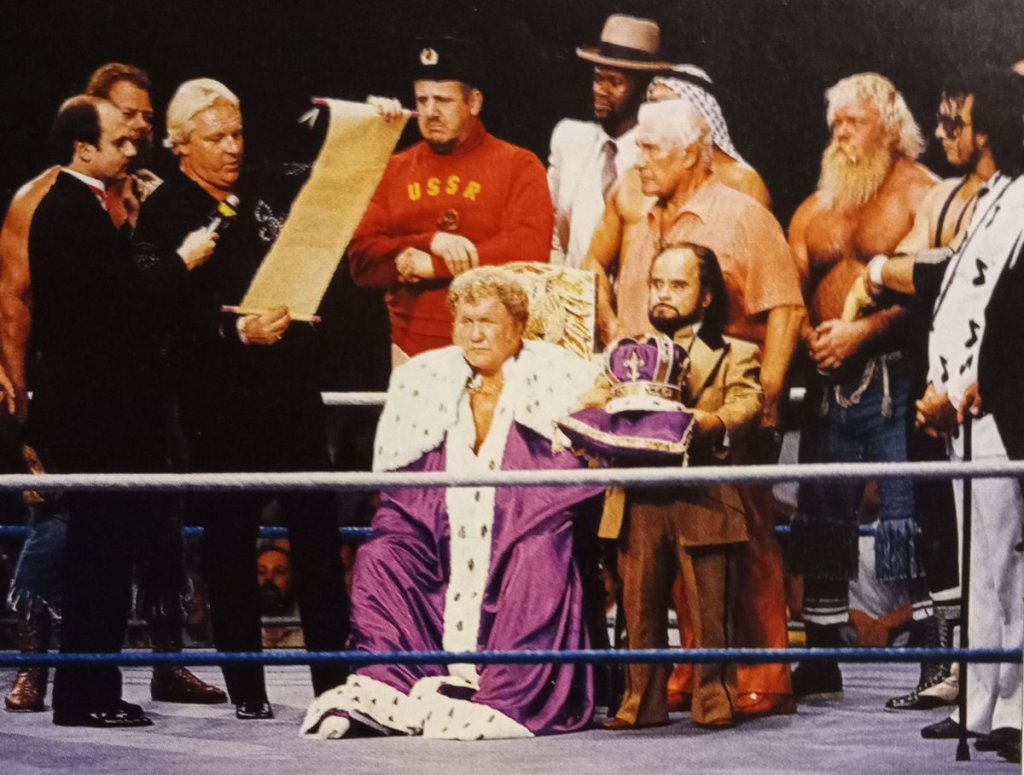
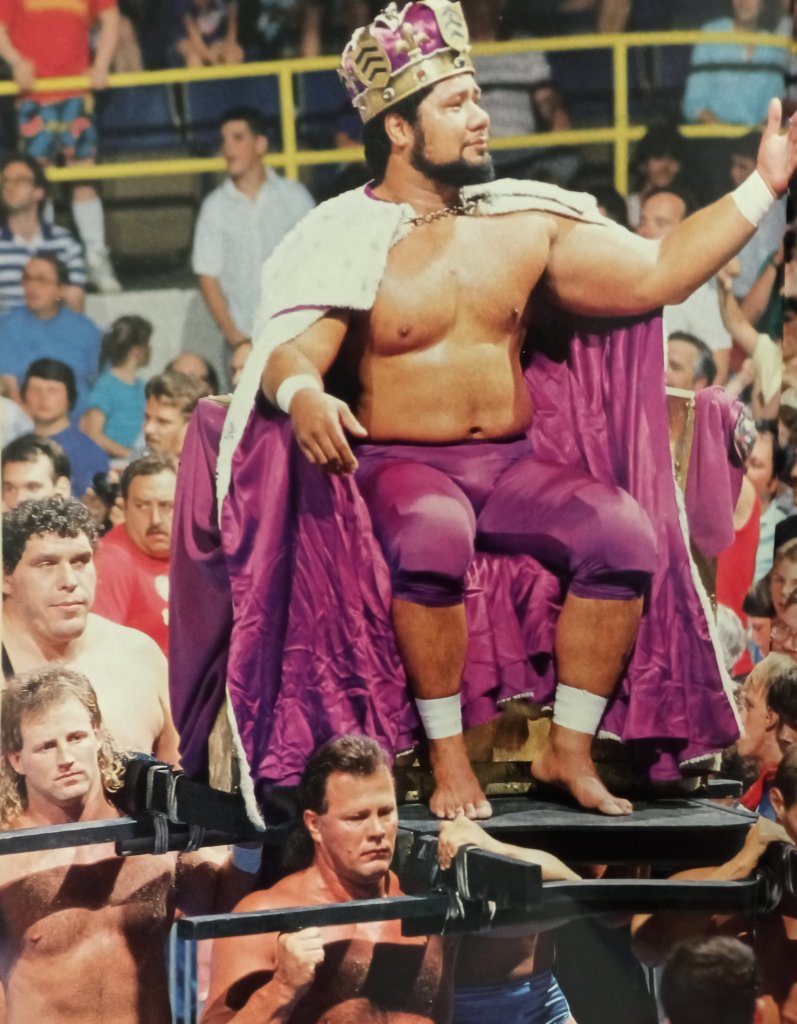
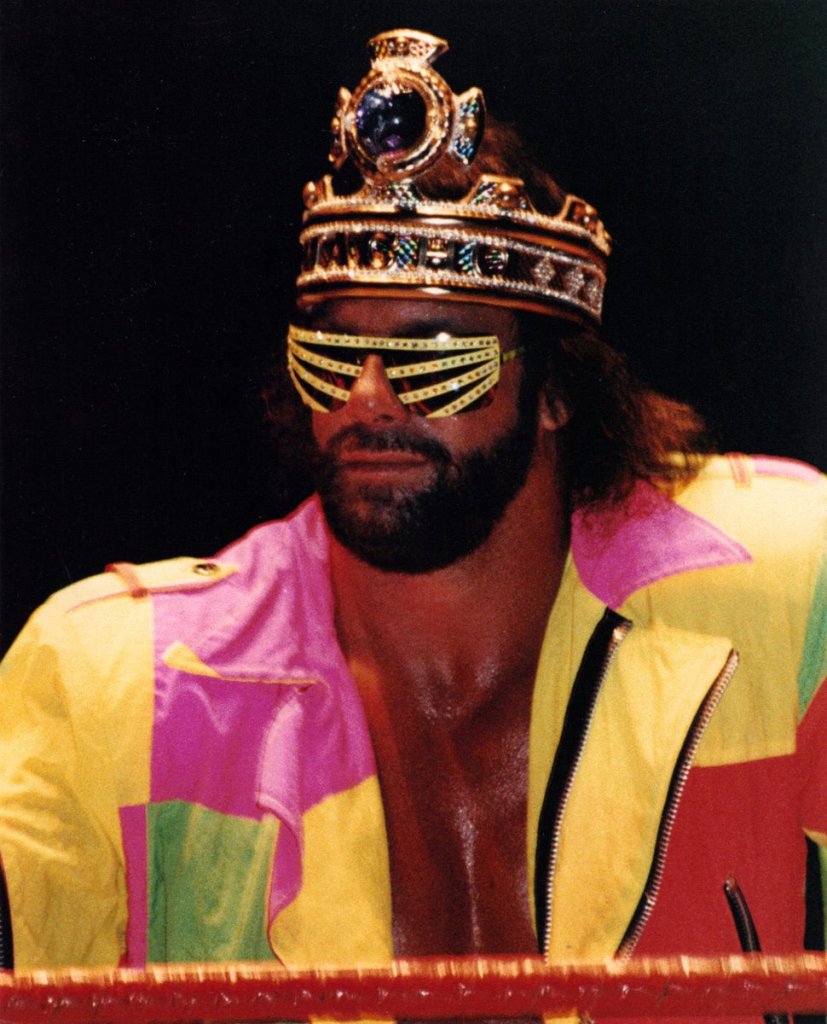

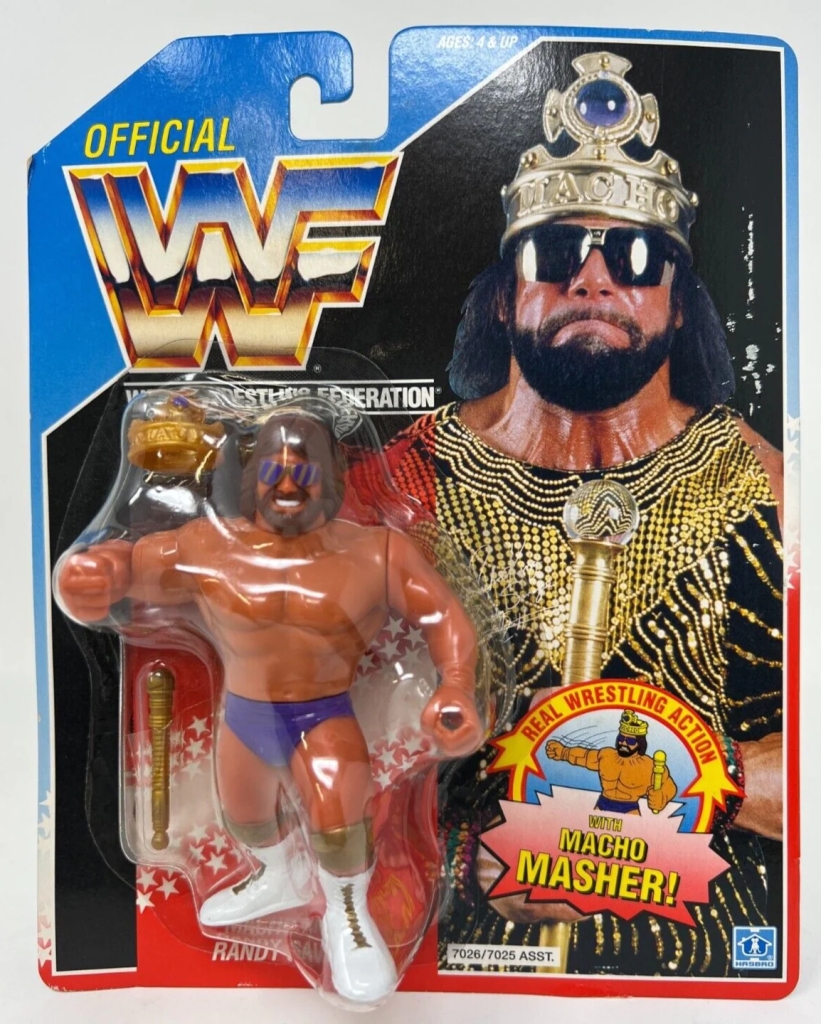
Compared to even the most poorly received of WWE’s titles and trophies, the Brisbane Cup is largely unacknowledged and barely recorded, making it uniquely obscure in both WWE canon and wrestling history in general.
The Winners:
Mark Henry (SmackDown Road to WrestleMania Tour: March 5th, 2006).

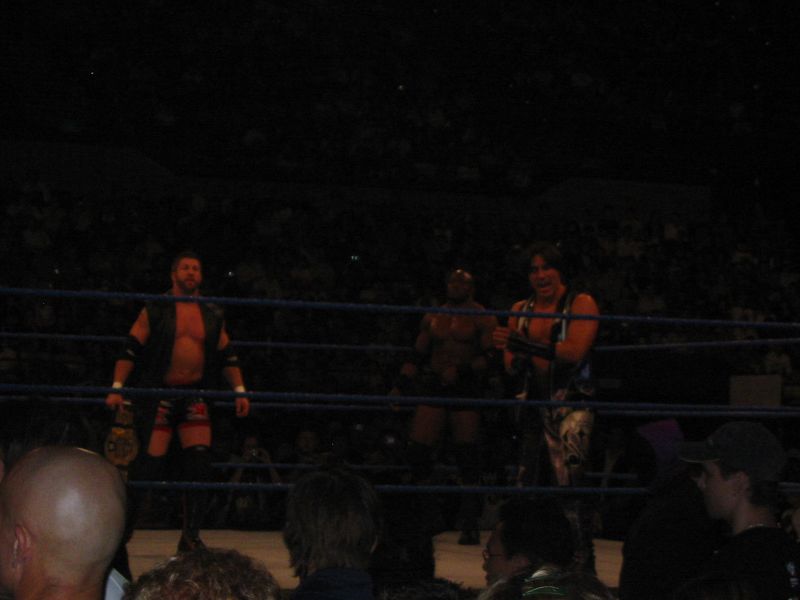
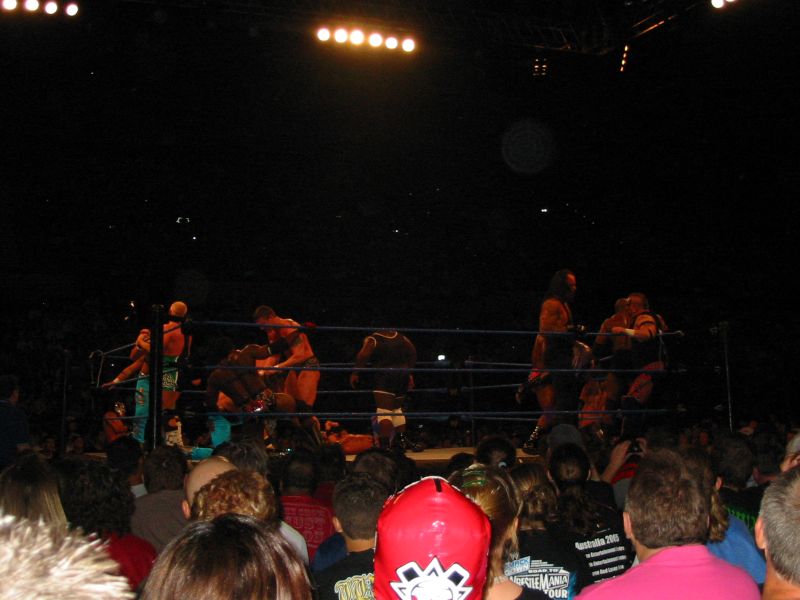


Mark Henry became the inaugural Brisbane Cup winner by overcoming the likes of WWE United States Champion Chris Benoit, WWE Cruiserweight Champion Gregory Helms, Booker T, Randy Orton, The Undertaker, Bobby Lashley, Fit Finlay and Animal in a 20-man Battle Royal. Impressively, the 400lb “World’s Strongest Man” last eliminated that year’s Royal Rumble winner Rey Mysterio to earn his shot at fellow-olympian Kurt Angle and the World Heavyweight Championship. (An album of fan photography is available from Steven Dann).
Henry was awarded his trophy by the Brisbane Broncos, but he could not claim the “Big Gold Belt” in that night’s main event. In what was essentially a rematch from the 2006 Royal Rumble, Henry was disqualified when Daivari interfered to break Angle’s Ankle Lock submission.
Having debuted for the WWF in 1996, the Brisbane Cup was only the second tangible honour of Henry’s wrestling career at that time. He had briefly held the European Championship in 1999 (having been handed it by Jeff Jarrett) before a long dry spell. Come 2008, Henry would become the ECW Champion, and more significantly at Night of Champions in 2011, he did eventually earn the World Heavyweight Championship he had sought on that evening in Queensland.
Jeff Hardy (RAW Survivor Series Tour: November 8th, 2007).

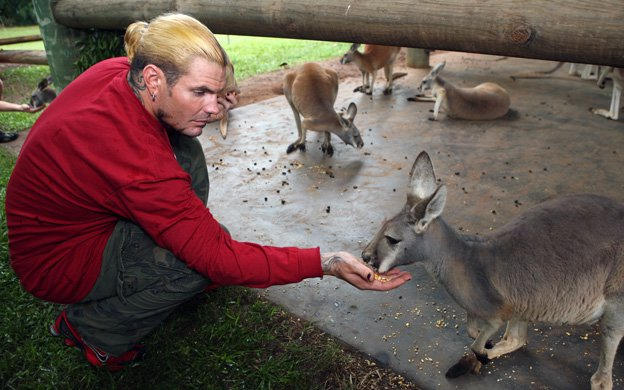

WWE Intercontinental Champion Jeff Hardy added a second piece of hardware to his ensemble when he won the 2nd annual Brisbane Cup in a fifteen man Battle Royal. Hardy outlasted an eclectic field of Triple H, Umaga, Jim Duggan, Shelton Benjamin, Hardcore Holly and WWE World Tag Team Champions Lance Cade & Trevor Murdoch to last eliminate Mr. Kennedy.
With the cup in hand, Hardy challenged Randy Orton for the WWE Heavyweight Championship in that night’s penultimate match. Despite his best efforts, Hardy would need to wait until Armageddon the following year to hold his first singles World Championship.
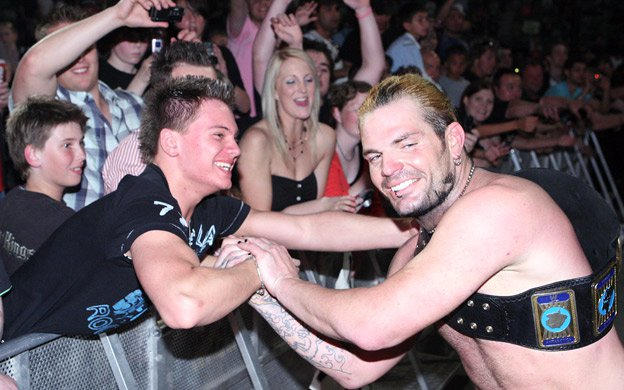
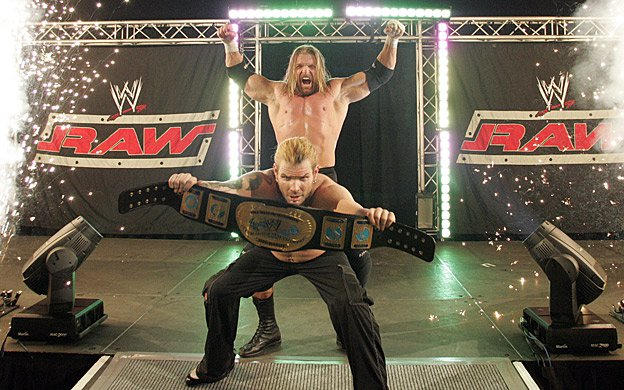
John Cena (RAW House Show: July 5th, 2009).


Having been pulled from the 2008 show, the Brisbane Cup returned the following year. Here John Cena continued to earn his “Big Match John” monicker in a 15-man Battle Royal with Sheamus, Big Show, HHH, William Regal, Goldust, The Miz and others. After 30-minutes, Cena eliminated Orton’s Legacy proteges Cody Rhodes and Ted DiBiase to get a shot at “the Legend Killer.” (“Fan cam” clips are available via YouTube).
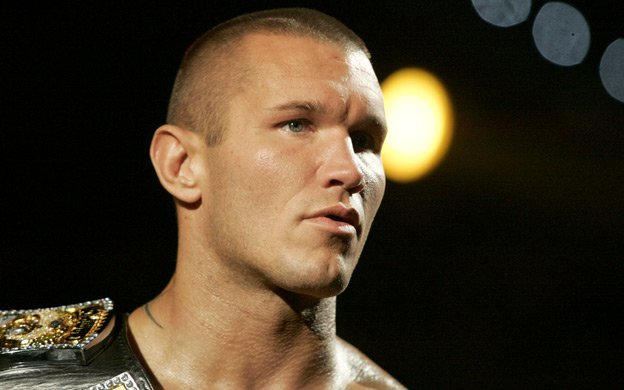
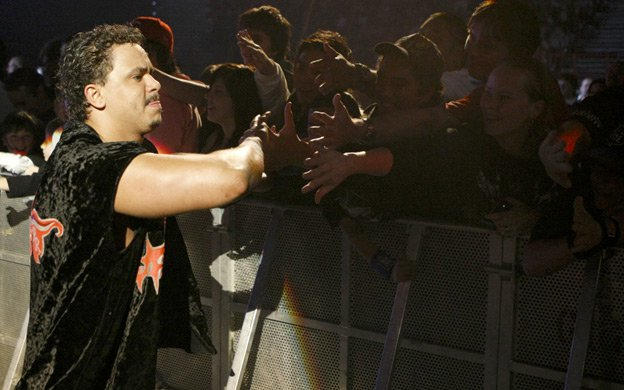
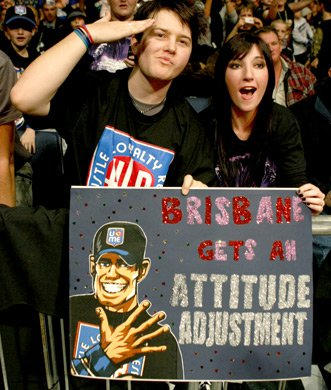


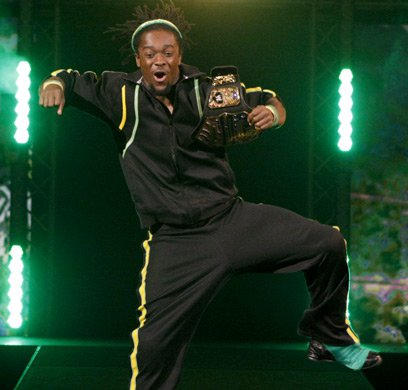
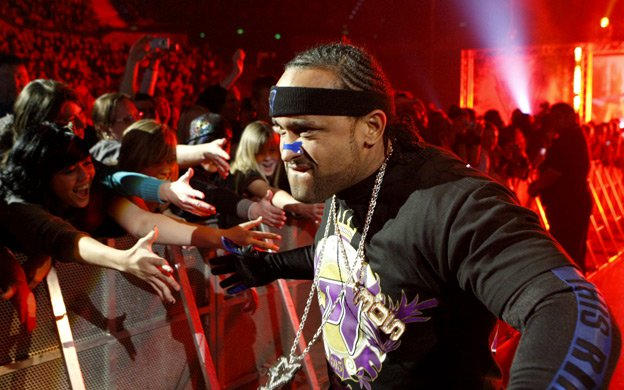
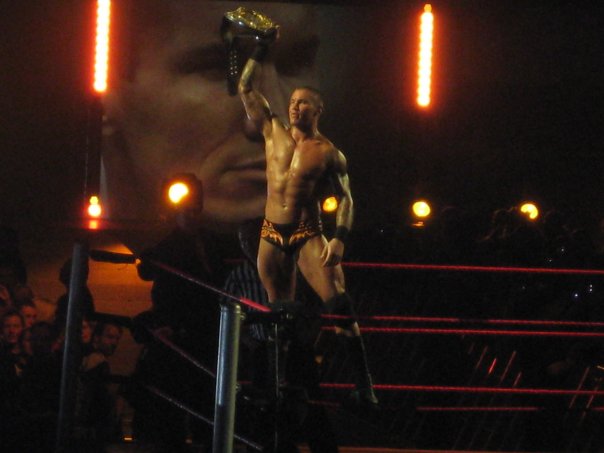
Although Cena would be the first of our Brisbane Cup winners to emerge victorious in his title fight, his disqualification victory could not earn him the title. Instead, Cena had to wait until October’s Bragging Rights, where he bested Orton in an Iron Man Match match for his fifth World Championship.
The Big Show (SmackDown House Show: August 2nd, 2010).


Though he’d failed to win the year before, the 7’0 Big Show was a still proven and effective Battle Royal performer. By 2010, he’d already won the 60-man three-ring World War 3 in 1996 and was arguably the true winner of 2000’s Royal Rumble.
Consequently, it should have been no surprise to the crowd of 6,600 on August 2nd, 2010, when Paul Wight last ousted Jack Swagger to survive this line-up of WWE Intercontinental Champion Dolph Ziggler, The Hart Foundation, Drew McIntyre, Montel Vontavious Porter, Alberto Del Rio, Chavo Guerrero and seven others.
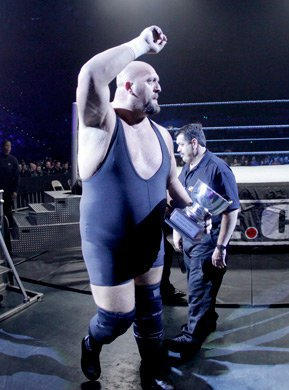
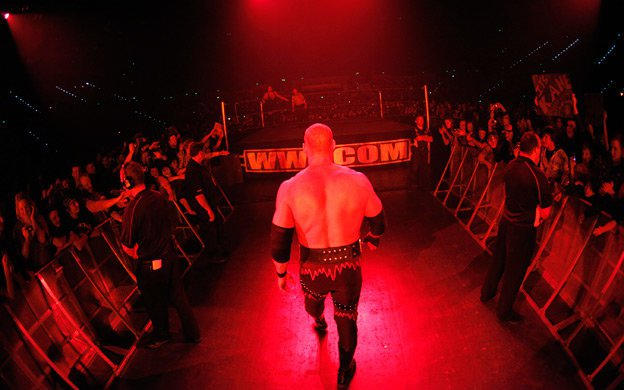
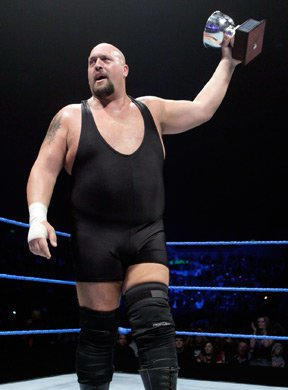

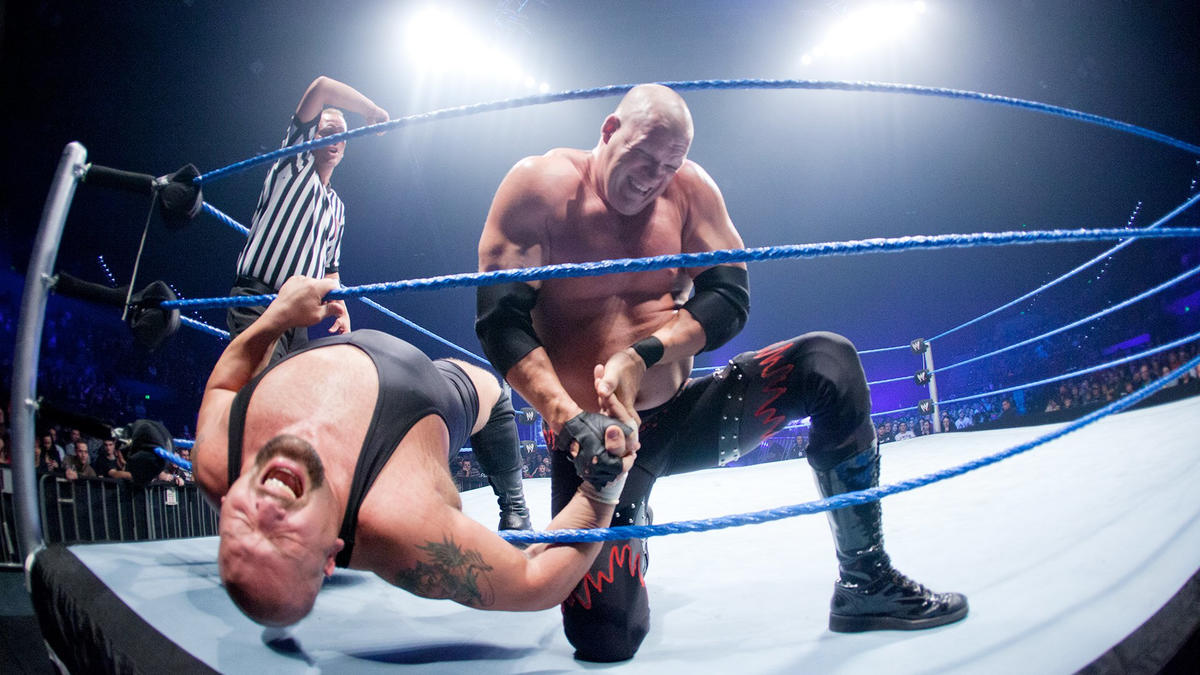
As was now tradition, the victory earned him a main event World Heavyweight Championship match with Kane. Unfortunately for the challenger, a vengeful Swagger interfered and cost him the match. (Fan cam footage is available on YouTube).
In 2017, WWE.com published the following rare acknowledgment of the Brisbane Cup in their “Past Looks Down Under – WWE in Australia” retrospective gallery:
“Big Show comes out on top in a Battle Royal for the Brisbane Cup…but falls later that night to the might of WWE World Heavyweight Champion Kane.”
It wouldn’t take too much longer for the former two-time WWE Champion to win the World Heavyweight Championship though. Big Show momentarily held the title at TLC: Tables, Ladders & Chairs the following year and then regained it for a more substantial reign at Hell In A Cell in 2012.
CM Punk (RAW House Show: July 5th, 2011).


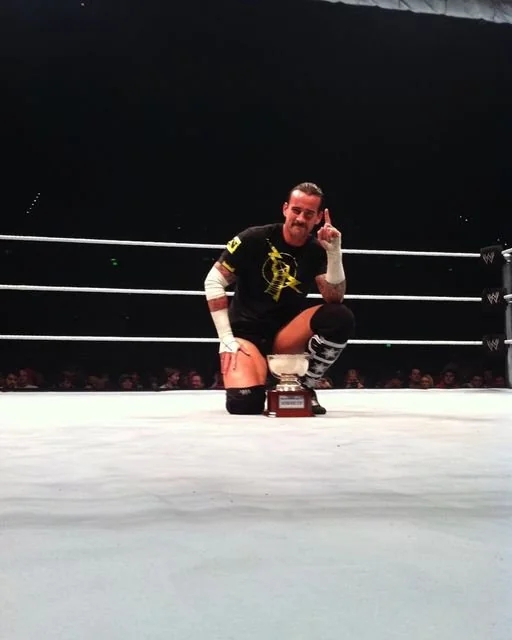
In 2011, CM Punk became the fifth and, presumably, the final holder of the Brisbane Cup. In this 15-man Battle Royal, Punk competed against the WWE Tag Team Champions David Otunga & Michael McGillicutty, WWE United States Champion Dolph Ziggler, Zack Ryder, Evan Bourne, Alex Riley, Kofi Kingston, The Miz and others. Punk’s cup runneth over when he last eliminated Rey Mysterio to seal the deal.
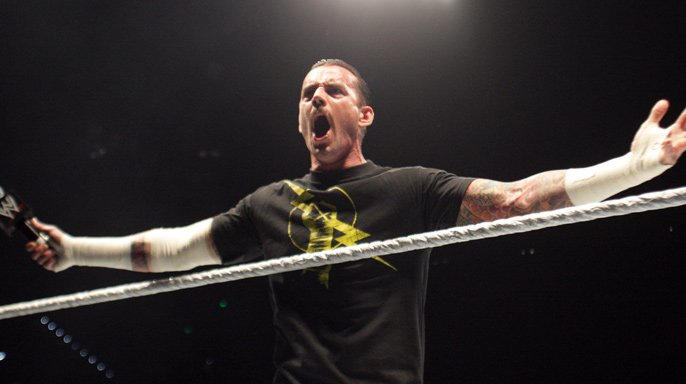


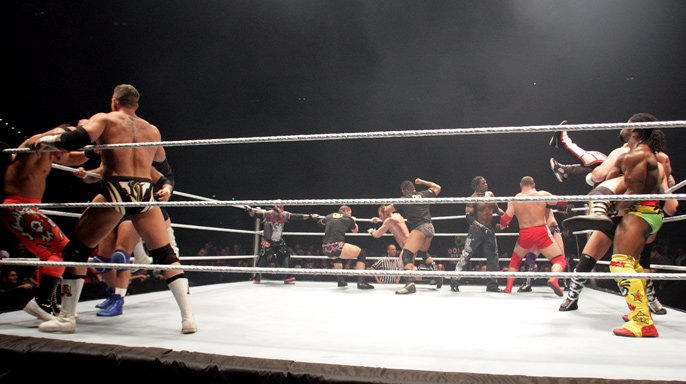



As with the past four winners, his victory entitled him to a WWE Heavyweight Championship match against John Cena in that night’s main event. Though Punk fought valiantly in his second match of the night, Cena managed to turn back this considerable challenge at the 25-minute mark in front of 6,500 fans. Despite this set-back, the former ROH World Champion would still begin a new “Summer of Punk” just two weeks later at Money in the Bank, when he shocked the world to defeat Cena for the title in Chicago.
On July 16th, 2020, fourteen months ahead of his All Elite Wrestling debut, Punk posted this memory on his Instagram:
“9 years ago give or take a few days. I had just won the legendary Brisbane Cup and became the ruler of Australia. Was looking forward to coming home and taking a break from wrestling for a while.”
WWE in Brisbane (2012 – 2019):
Though WWE continued to run shows in Brisbane (the most recent of which was in 2019), the Brisbane Cup itself has not been revived in the subsequent 12-plus years.
When WWE first returned August 30th, 2012, the main event saw the final cup winner CM Punk defending his WWE Heavyweight Championship against 2010 and 2011 winners, John Cena and the The Big Show. Though a fun wrinkle in the story, it’s far more likely that this was simply a straight rematch from SummerSlam (which had taken place just eleven days prior), rather than any kind of acknowledgement of the cup and its history.
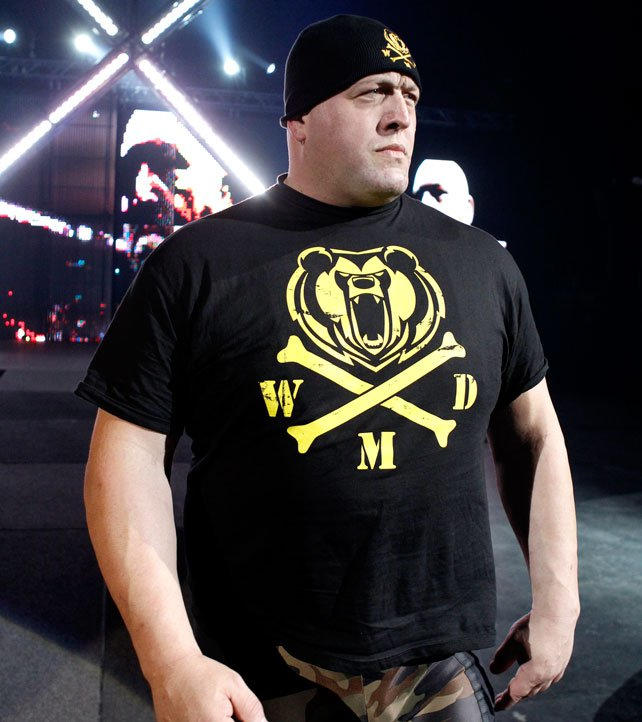

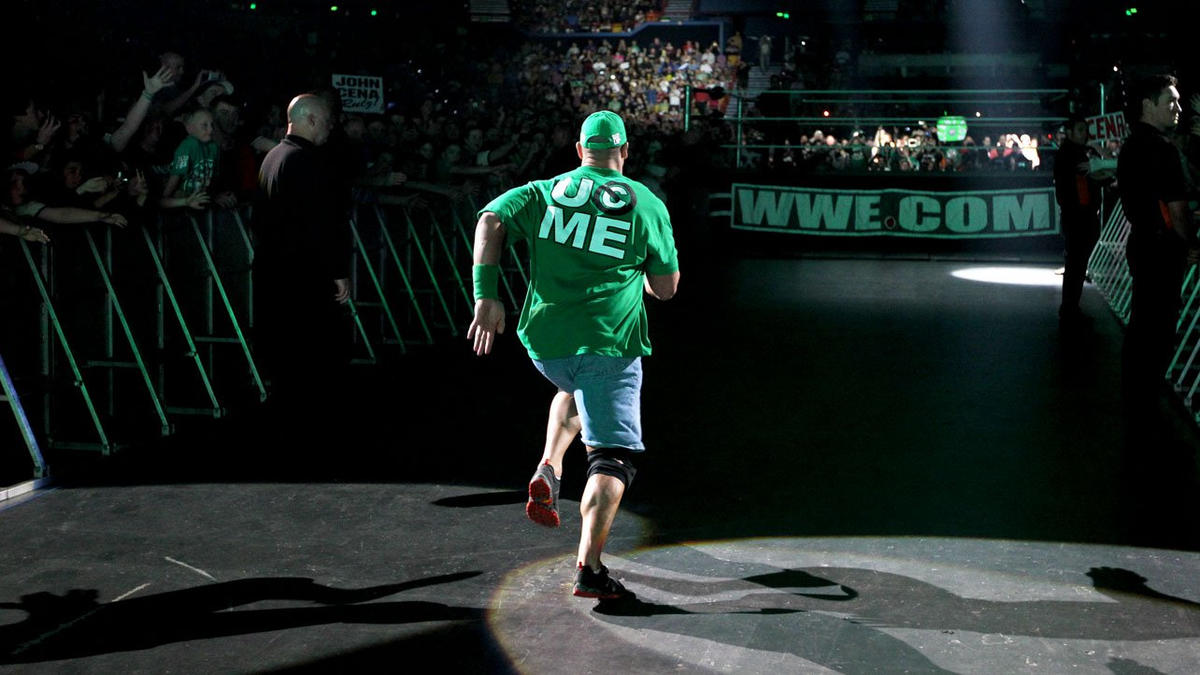

It wasn’t until 2017 that a Battle Royal (albeit an unbranded one) was once again held in the Brisbane Entertainment Centre. Jason Jordan won this over-the-top-rope affair to earn a shot at the Miz’s Intercontinental Championship, but he unfortunately left Australia without either title or trophy. That night’s local pride/pandering was instead achieved through Roman Reigns, who defeated Braun Strowman in a “Brisbane Street Fight.”



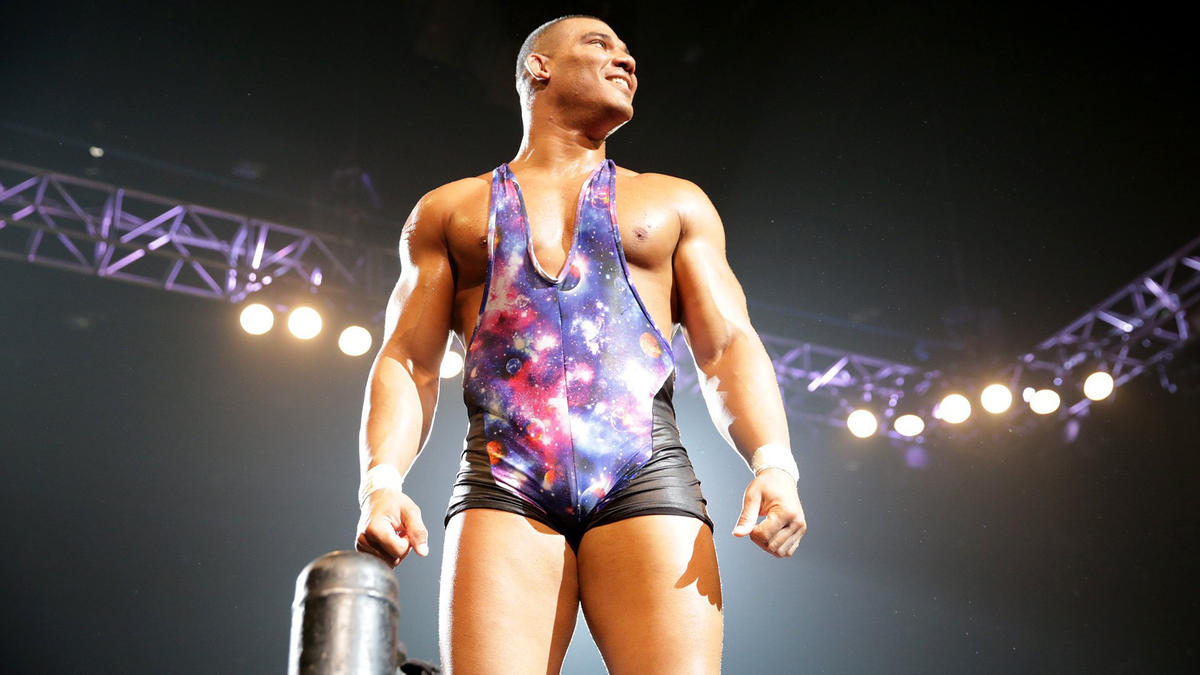
Cup Half Full:
It would be fair to say that the Brisbane Cup is not of great significance to WWE history or the men who held it. It’s hard to determine if it’s a compliment that it didn’t make the WrestleCrap and WhatCulture lists of daft WWE titles and trophies or if it’s more the case that an accolade contested exclusively on house shows in one Australian city is simply too irrelevant to critique.
Collectively, Mark Henry, Jeff Hardy, John Cena, Big Show and CM Punk have many achievements across WWE, WCW, ECW, AEW, ROH, TNA, the Arnold Classic, the Pan American Games and other organisations. In particular, Punk, Hardy and Cena have developed a following, largely originating with their WWE careers, which could be considered fanatical. Wrestling news sites are constantly abuzz with rumour and speculation about things which have, have not, or may yet still occur. Despite intense scrutiny, fandom and hyper-fixation, their moments with this WWE trophy slipped through the cracks to the point of not even making their “Championships & Accomplishments” pages for more than a decade.
In this sense, it is distinct from the WCW European Cup, WWE Tag Team World Cup, Jesse Ventura Strongest Arms Arm Wrestling Tournament, WWF Middle East Cup, WCW Nintendo Top Ten Challenge Tournament, WWE Greatest Royal Rumble, and even innumerable independently promoted accolades and awards (for examples, see Colt Cabana, Stevie Boy, LuFisto, or AC Mack).
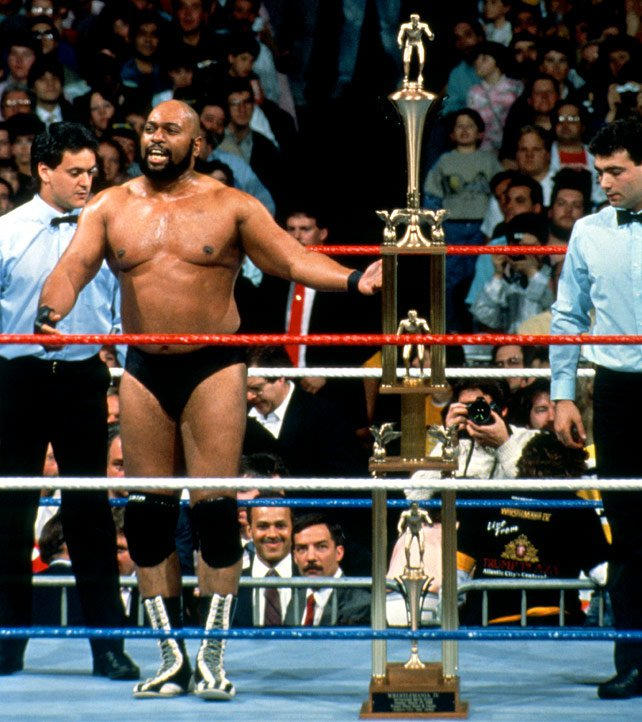
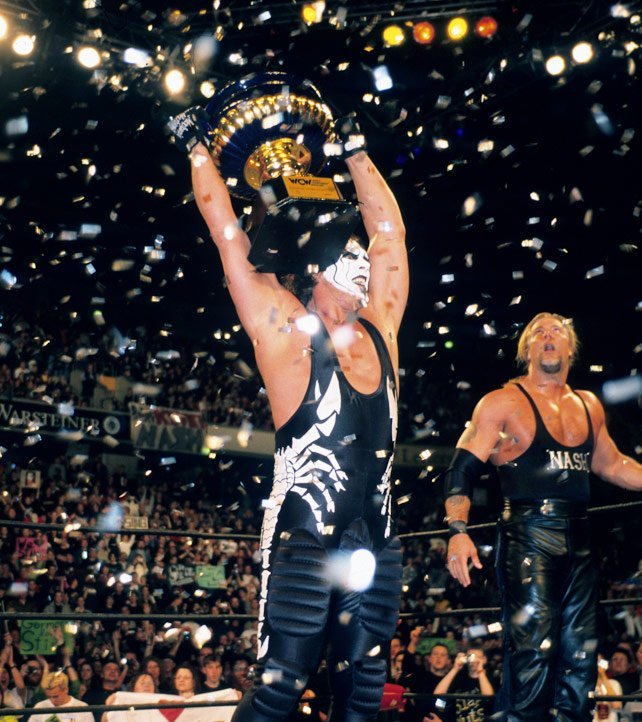
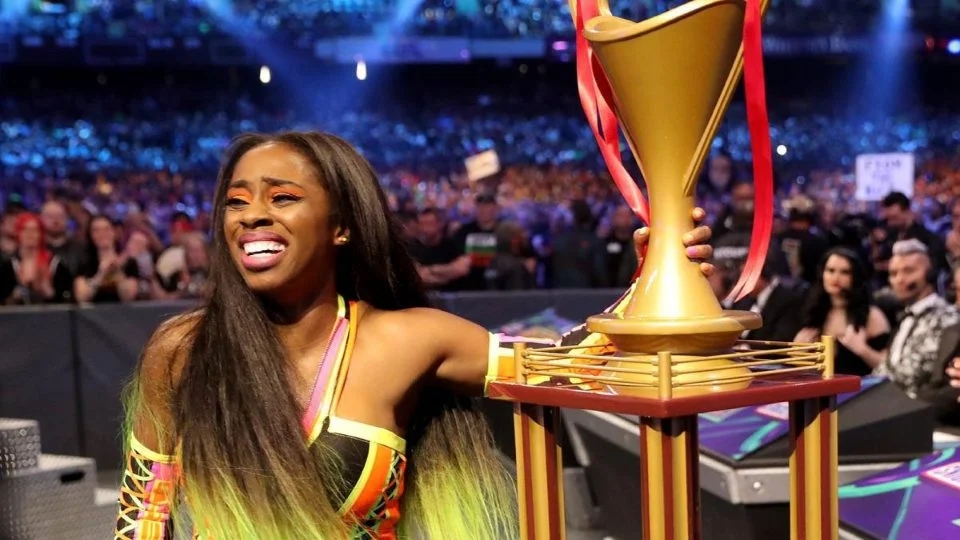
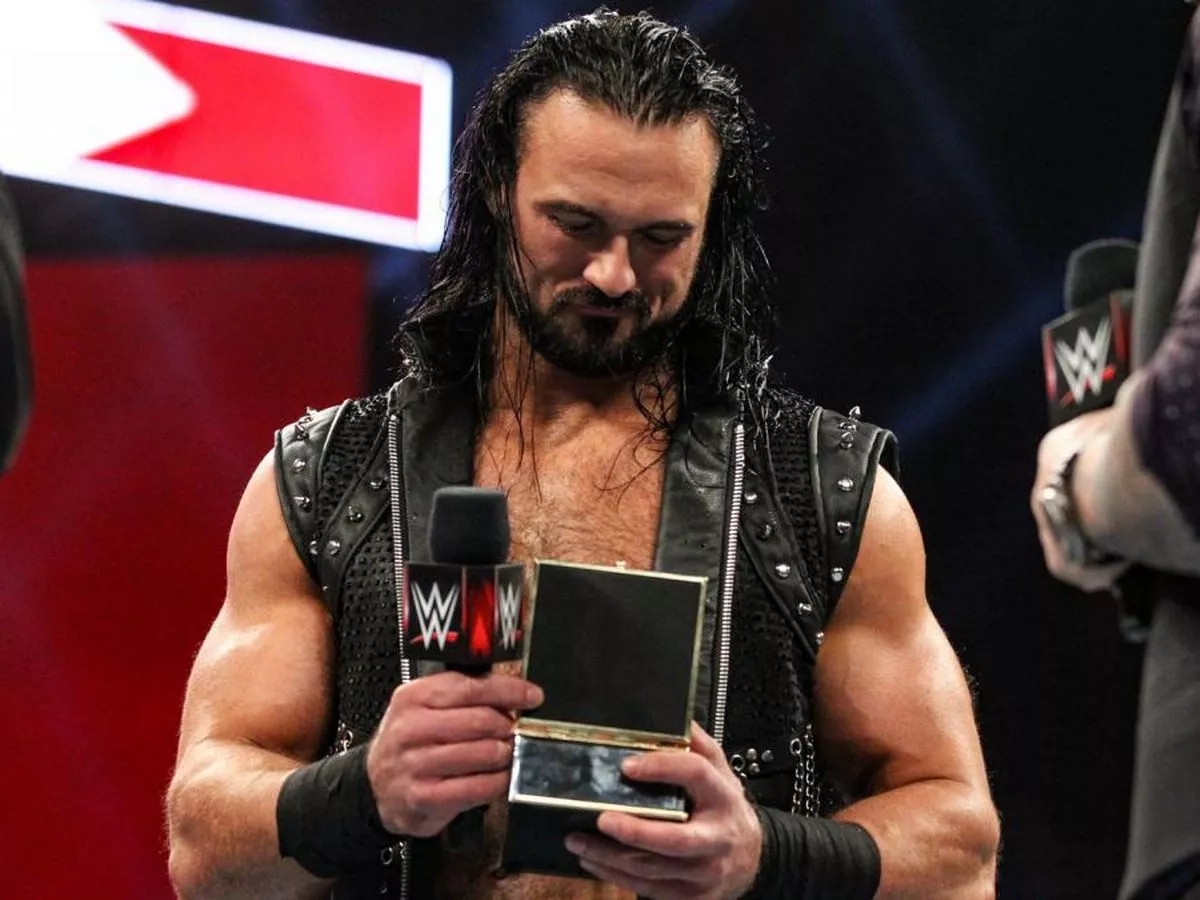
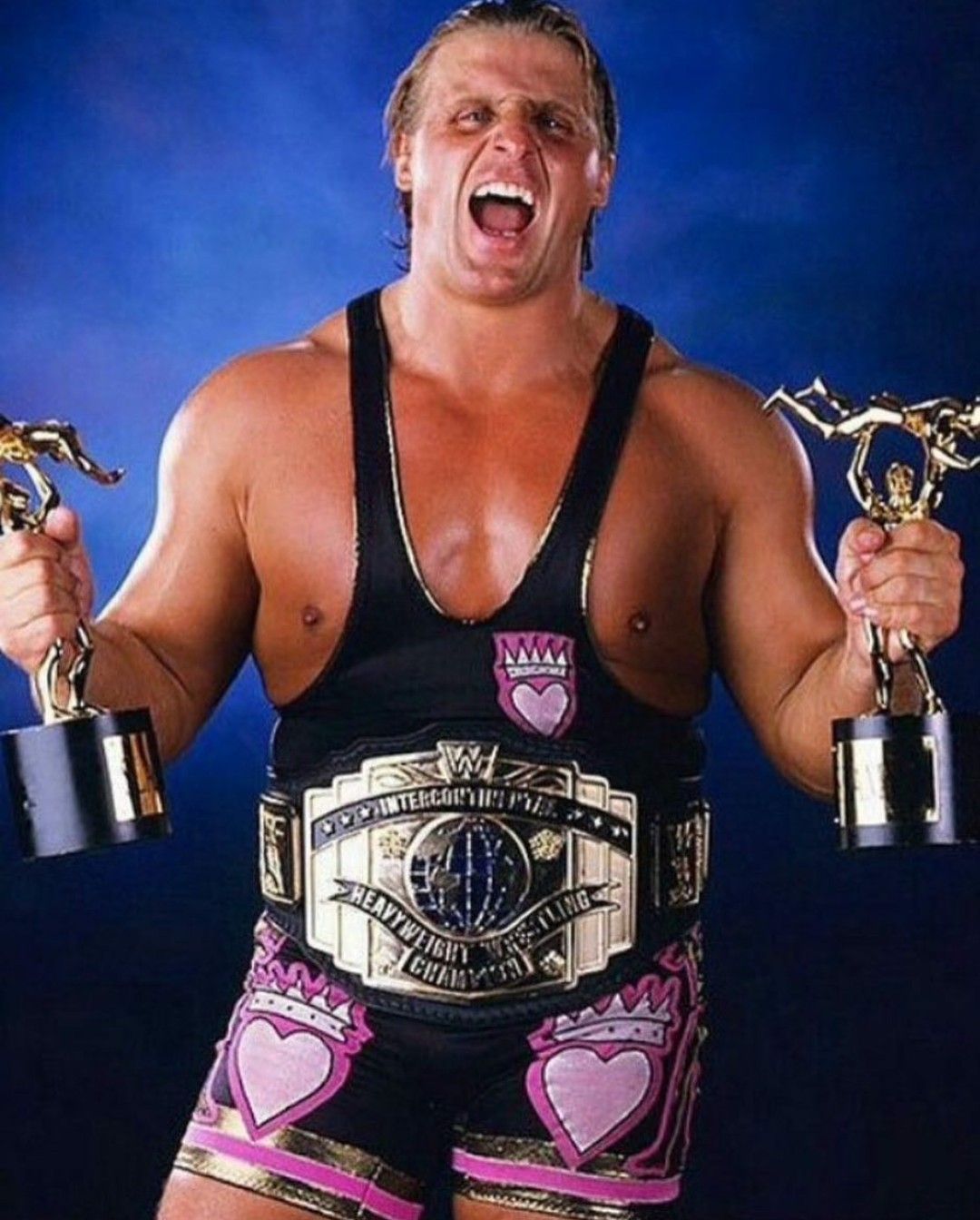
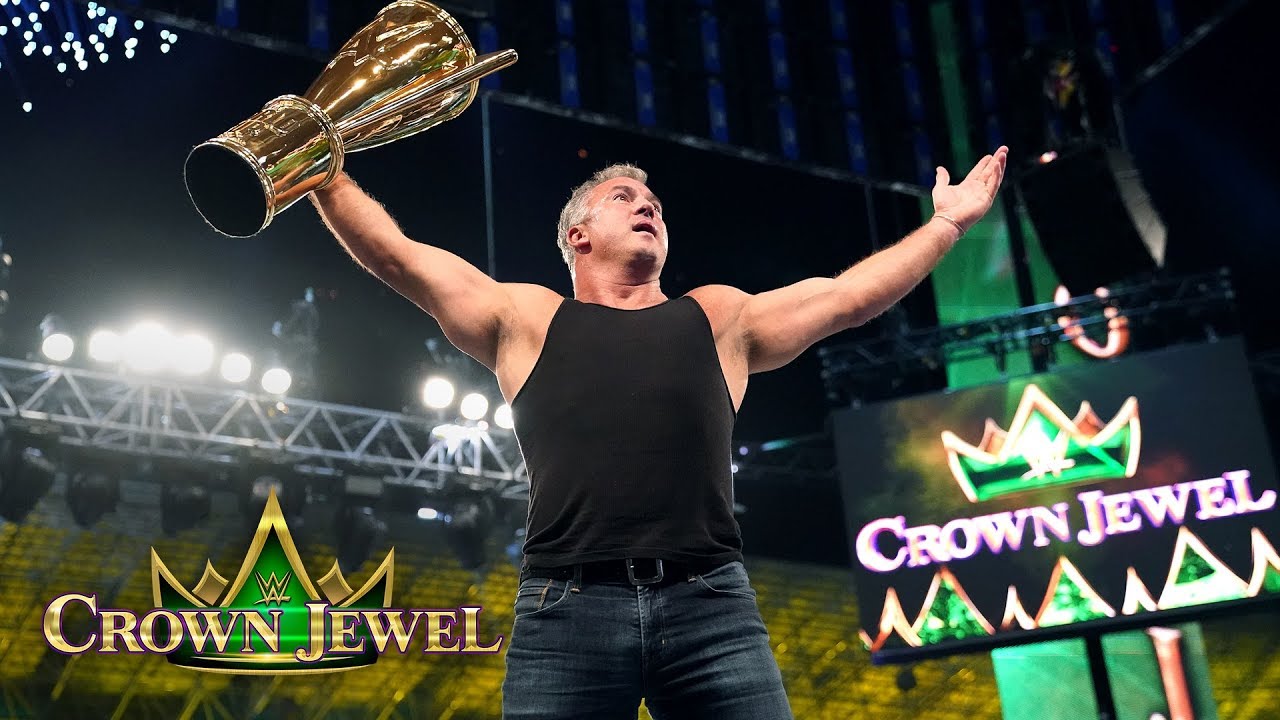
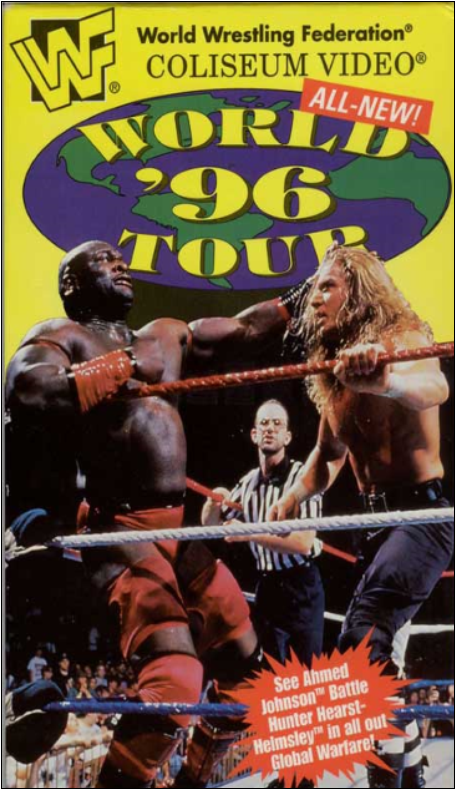
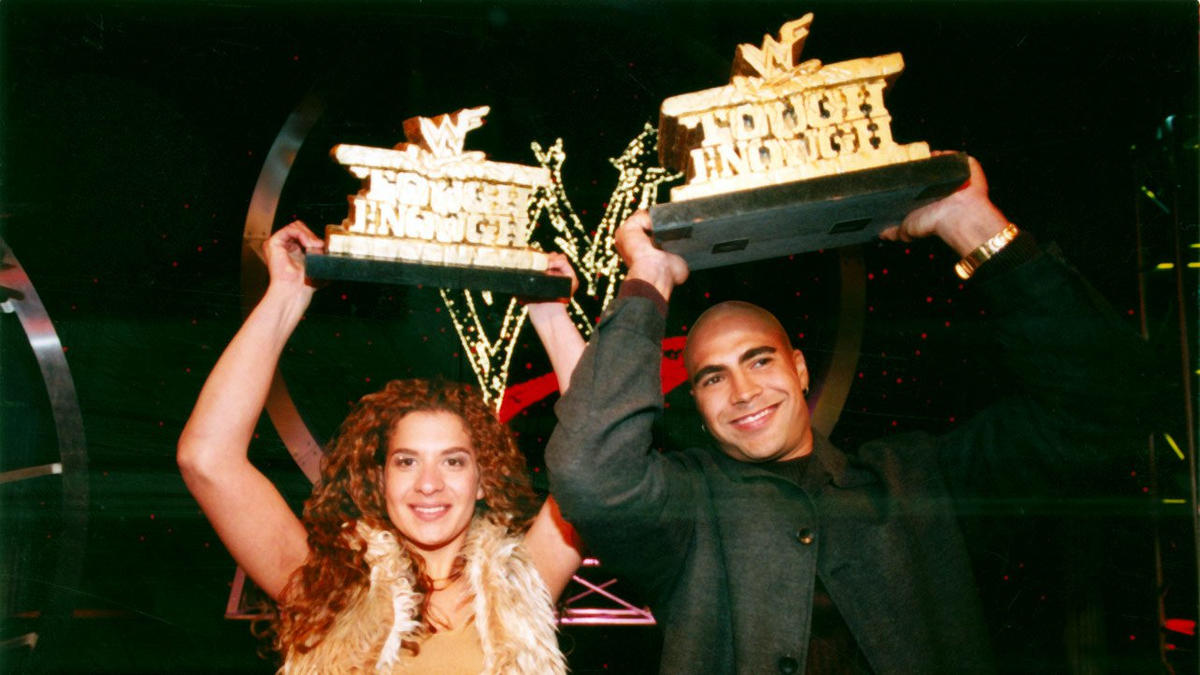
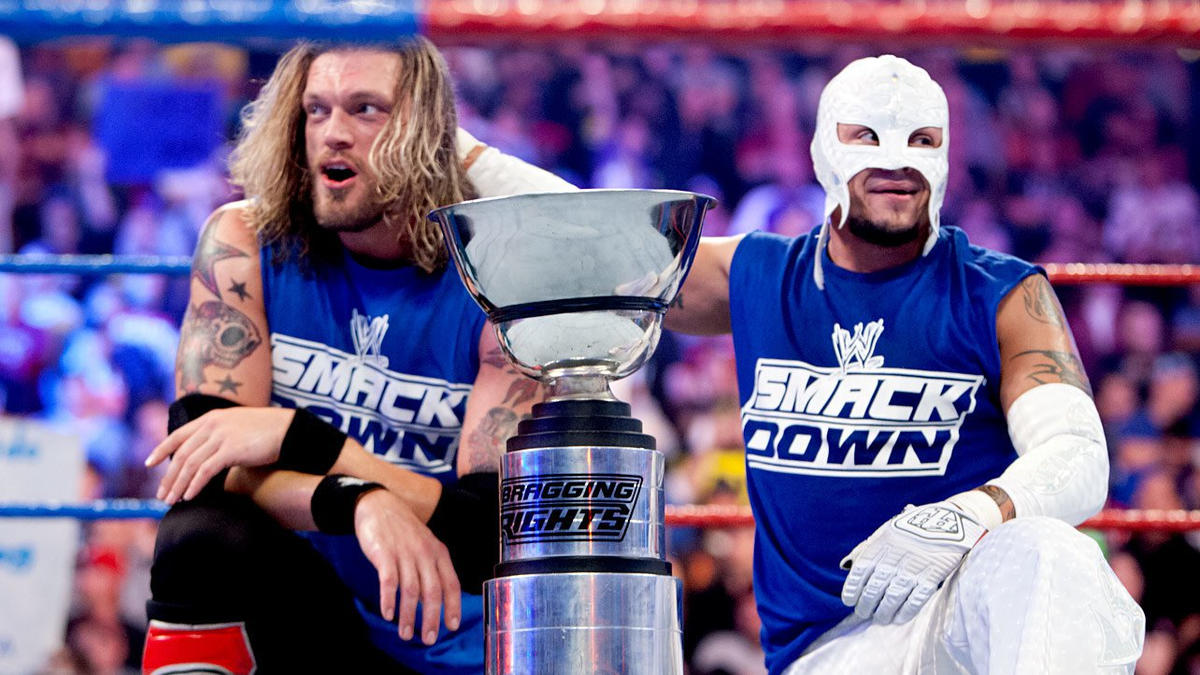


Personally, I love it. This kind of thing fills me with a weird excitement about what other little footnotes might still be out there to discover. I enjoy the no-prestige trophies, two-round tournaments, WordPress Hall of Fames, 24/Championships, big banter Battle Royals and all of the flimsy and forgotten that professional wrestling has produced.
The Ecstasy of Gold is intended to be a celebration of all wrestling accolades, big and small. Past feature subjects like Drew McIntyre, Steve Corino, Matt Cardona, Leyton Buzzard, AC Mack, Brian Myers, and Andy Roberts have all won the major titles for WWE, Insane Championship Wrestling, National Wrestling Alliance, Independent Wrestling.TV, Impact Wrestling, Ring of Honor, Union of European Wrestling Alliances, Major League Wrestling, etc etc. But they’ve also accumulated weird and wonderful things like the WrestleZone “Battle of the Nations,” the Internet Championship, the B4W Hardcore Championship, the “24/7 Hydro Contract,” the GTS YouTube Wrestling Figures Heavyweight Championship, an unsanctioned ECW World Television Championship, an illegally revived AWA World Heavyweight Championship, and “RAW’s Gold Medal of Excellence.”
It’s all part of the story. Holding a multitude of Pro Wrestling Illustrated recognised World Championships can be what makes a wrestling career great. But sometimes it’s what happens on a poorly attended indie, a choppy iPPV stream, aTikTok skit, or even a house show Battle Royal in Queensland, that makes a wrestling career fun.

Links:
Ecstasy of Gold Online: Twitter / Instagram / Facebook
Sources / References / Citations Note:
This article is fully cited. You can find all sources linked via the bolded text above. For any corrections/questions, please feel free to submit them via the contact form.

